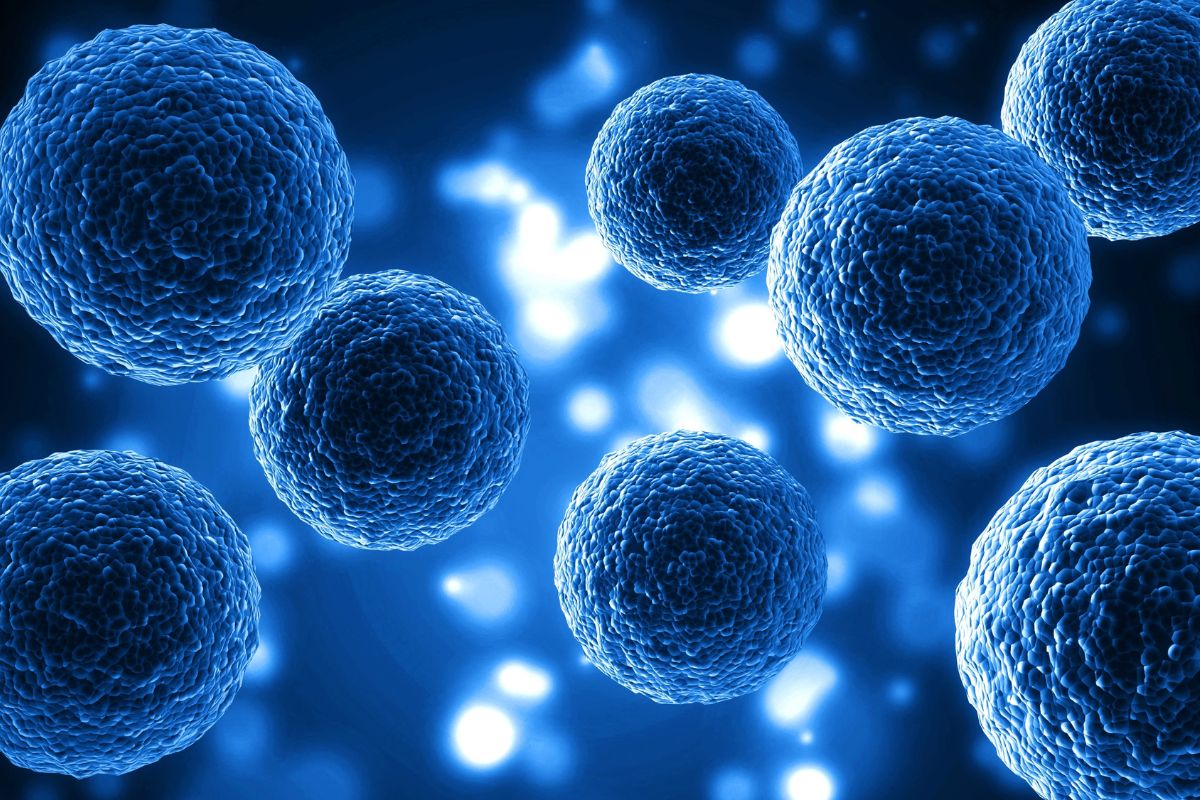Inside our bodies, there’s a special type of cell that’s a bit like a superhero. It’s called a stem cell. Imagine it’s magic – this cell can turn into any other type of cell we need, like a helpful handyman who can fix anything quickly.
Whether it’s fixing a problem with our heart or helping a broken bone to heal, stem cells can do the job. That’s why lots of people think stem cells are the strongest cells in our bodies. It’s like having a toolbox that can repair not just a dripping tap but also a damaged roof or a broken window.
10 Benefits of Stem Cells To the Human Body
Let’s break down some of the coolest ways stem cells are helping out:
1. Tissue Regeneration
Stem cells possess the remarkable ability to develop into various types of cells, aiding in the regeneration of tissues and organs. When tissue is damaged due to injury or disease, stem cells can migrate to the site of damage and differentiate into the specific cell types needed for repair. For example, in bone marrow transplants, these cells are used to replenish the blood-forming cells destroyed by chemotherapy in cancer patients.
2. Treatment for Neurological Disorders
Neurological conditions like Alzheimer’s, Parkinson’s, and spinal cord injuries can severely impact quality of life. Stem cell therapy offers hope by replenishing damaged nerve cells and restoring neurological function. For instance, in Parkinson’s disease, It can be guided to become dopamine-producing neurons, replacing those lost in the disease and alleviating symptoms such as tremors and muscle stiffness.
3. Cardiovascular Health
Heart disease remains a leading cause of mortality worldwide. It shows promise in repairing damaged heart tissue and enhancing cardiac function. Stem cell therapies, such as injecting stem cells directly into the heart muscle, have been explored as a means to stimulate the regeneration of healthy heart cells and improve blood flow, potentially reducing the risk of heart failure and other cardiovascular complications.
4. Diabetes Management
For those living with diabetes, managing blood sugar levels is a daily struggle. This research aims to develop innovative treatments, such as generating insulin-producing cells. This could offer a potential cure or better management for both type 1 and type 2 diabetes, reducing the need for insulin injections and helping patients achieve better control over their blood glucose levels.
5. Anti-ageing Therapies
While we can’t turn back the clock, stem cells might hold the key to slowing down the aging process. Stem cell therapy could mitigate age-related decline by replacing old or damaged cells with fresh, rejuvenated ones. This rejuvenation process could lead to improvements in skin elasticity, cognitive function, and overall vitality, helping individuals maintain a more youthful appearance and quality of life as they age.
6. Immune System Enhancement
A robust immune system is crucial for fighting off infections and diseases. It have been shown to modulate immune responses, making them valuable allies in treating autoimmune disorders. By regulating the immune system’s activity, stem cell therapy could help alleviate symptoms and reduce the severity of conditions such as rheumatoid arthritis, multiple sclerosis, and lupus, improving patients’ overall quality of life.
7. Burn Healing
Severe burns often result in lifelong scars and disabilities. Stem cell-based treatments offer hope for more effective wound healing by promoting the regeneration of skin cells. It can be applied directly to burn wounds or engineered into skin grafts to accelerate healing, reduce scarring, and restore function to damaged skin, significantly improving the long-term outcomes for burn survivors.
8. Treatment for Genetic Disorders
Genetic disorders pose unique challenges, often affecting multiple systems in the body. These therapies hold the potential to address the root cause of these conditions by replacing faulty cells with healthy ones. For example, in cystic fibrosis, stem cells could be used to replace the defective cells in the lungs and other affected organs, potentially offering a cure for this life-limiting condition and improving patients’ quality of life.
9. Vision Restoration
Vision impairment and blindness can significantly impact independence and quality of life. Stem cell research offers hope for restoring sight by regenerating damaged retinal cells. By transplanting stem cell-derived retinal cells into the eye, researchers hope to reverse conditions like macular degeneration or retinitis pigmentosa, restoring vision and improving the quality of life for millions of people worldwide.
10. Drug Testing and Development
Developing new medications is a lengthy and costly process. Stem cells provide a valuable tool for testing drug efficacy and safety, potentially accelerating the development of treatments for a wide range of conditions. By using stem cells to model human tissues and organs in the lab, researchers can better predict how drugs will behave in the human body, leading to more effective treatments with fewer side effects and faster approval processes. As we learn more about these amazing cells, we’ll find even more ways they can help keep us healthy and strong.











